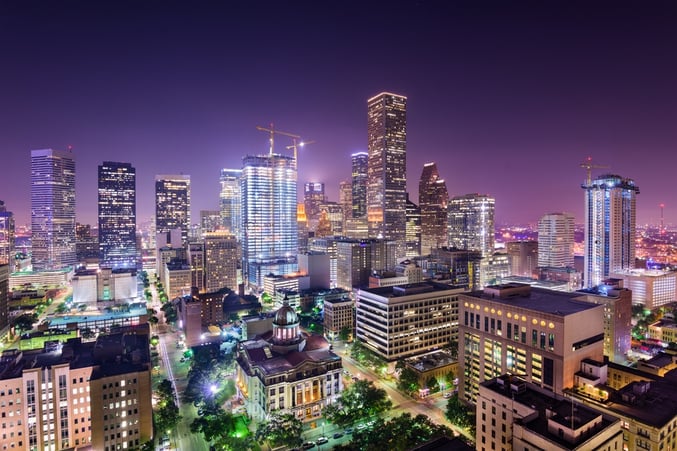
According to a recent study by TomTom, Houston ranks 11th in the nation for traffic—bad traffic that is. In other surveys, Houston typically ranks high, which basically means it has a bad report card. What does that mean for drivers? It means long commute times, traffic headaches and a lot of potential for accidents. However, that’s not the only issue that Houston drivers face—road conditions create a lot of issues as well.
8 of Houston’s Worst Roads (and yes, there’s definitely more)
Driving around Houston can be a nightmare: hours to get from one place to another, impatience and an overall stress-inducing experience. For your own sanity, it’s nice to avoid the worst of the worst. Potholes, width and poor conditions can all make Houston’s driving experience go from bad to worse, so make sure to steer clear of the worst roads, which are:
- Breen
- Patterson Road
- Greens Road
- Crockett Street
- Brittmore
- Crenshaw Road
- Campbell
- Memorial Drive
The truth is, there are endless bad roads in Houston, just look at Houston Press’s article from 2014. But in 2017, each of the roads mentioned were rated on a 0-100 scale, and the eight above each ranked under 40, meaning there were plenty of rough patches, cracks, holes and more. Drivers can take steps to keep their cars and themselves safer while driving the worst roads in Houston.
Simple Safe Driving Tips
Rough road can be distracting and jarring. You find yourself swerving and slowing down. It’s essential to keep in mind you’re not the only person on the road, and erratic driving leads to accidents. Here are a few simple safe driving tips to assist you on your journey across Houston’s rough roads.
- Stay as distraction free as possible. It’s tempting to pick up your phone to see who texted—or worse—to text back while driving. Phone calls, eating and loud music are all things that keep your focus off the road. Try to minimize (or get rid of) any unnecessary distractions so you have a safer drive and can respond promptly to conditions when necessary.
- Be aware of those around you. It may sound a lot like the previous tip, but it is a little different. To avoid issues and unexpected occurrences, you have to take note of your surroundings. Watch other drivers, pedestrians and animals. You never know who will do what and when.
- Keep a safe following distance. In general, stay one car length behind drivers for each 10 mph. So, 60 mph you should be 6 car lengths behind, while 30 mph, you need to be 3 car lengths behind. This way, if someone stops short, you have plenty of time to react.
- Plan ahead. Plan out stops and routes before you go. The more you know, the easier it is to drive smoothly.
- Never drive under the influence. Substances are proven to slow reaction time and encourage drivers to make poor decisions. Driving under the influence can also land you in a lot of legal trouble. Bottom line: don't drink/drug and drive.
Caring for Your Car on Rough Pavement
Rough roads take their toll on your wallet. Long-term exposure means you’ll end up with issues from time to time. The best way to avoid a one-time costly repair is to have a maintenance fund to keep your car in top working order. Some of the areas to focus on are:
- Suspension and suspension parts
- Steering and alignment
- Tires and rims
- Many drivers report anywhere from $500-$1000 per year in repairs due to road conditions. Talk to local mechanics and ask to get on a maintenance schedule. Invest in good tires, and even consider shopping for cars that withstand rough roads better. Some of the top cars rated for bumpy and lumpy roads include the Honda CR-V, all Toyotas, all Nissans, Hyundai crossovers, Kias, Mini Cooper and Fords.
You’ll never be able to completely avoid bad roads—there are just too many of them in Houston. However, you can do your best to drive safe, maintain your vehicle or buy a used car that better handles the worst roads in Houston.





